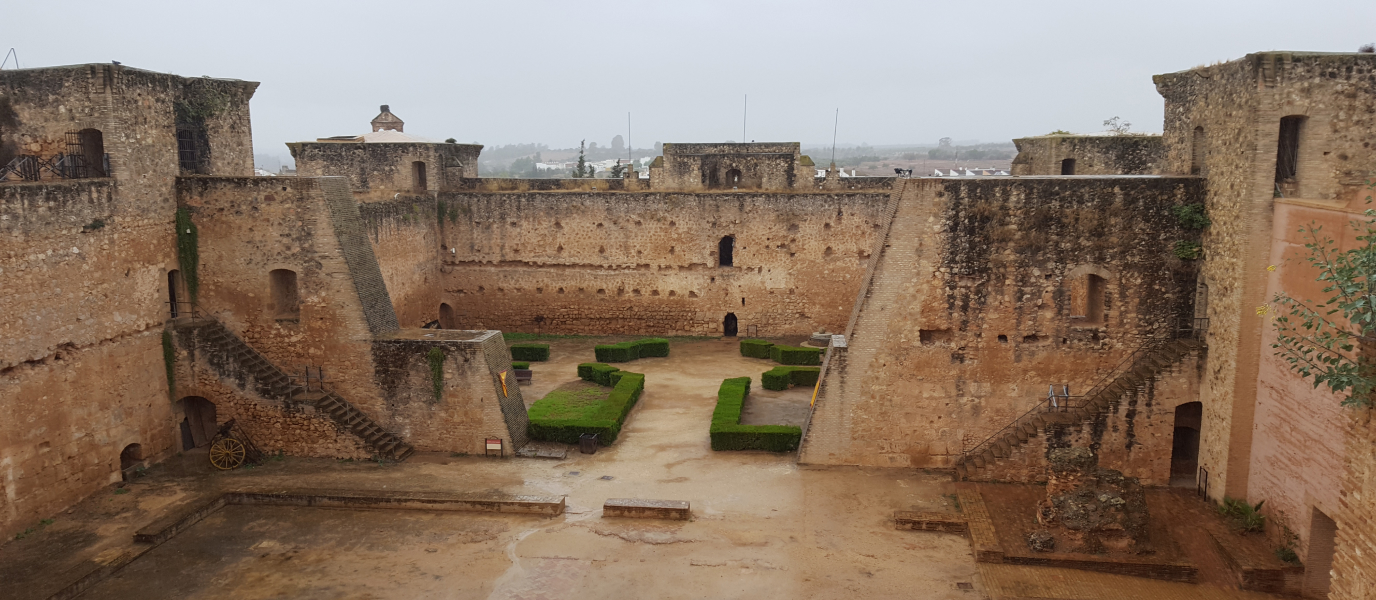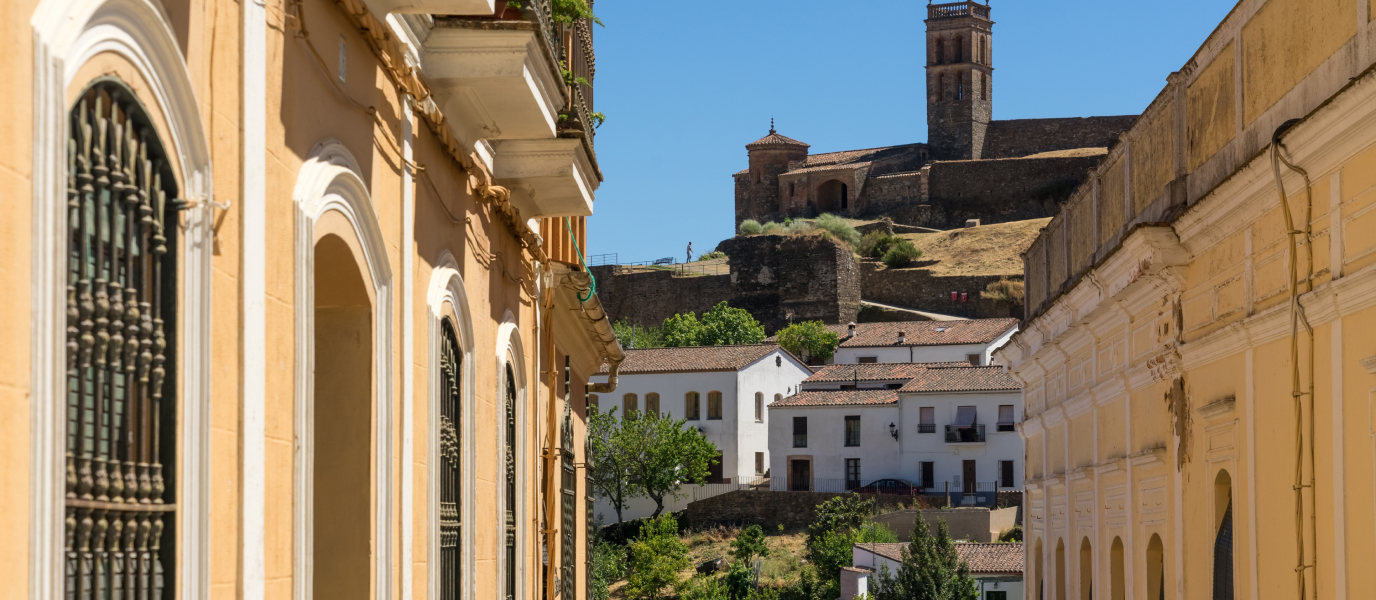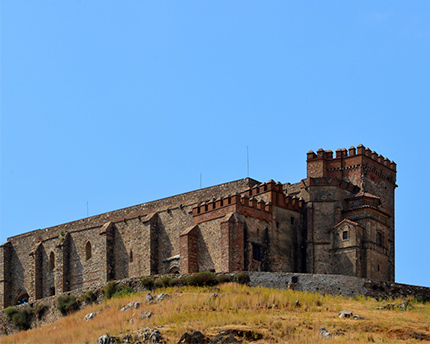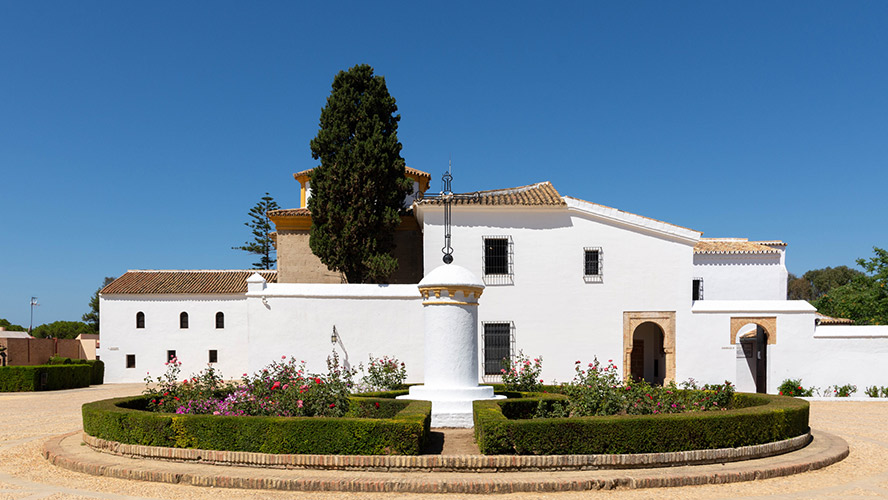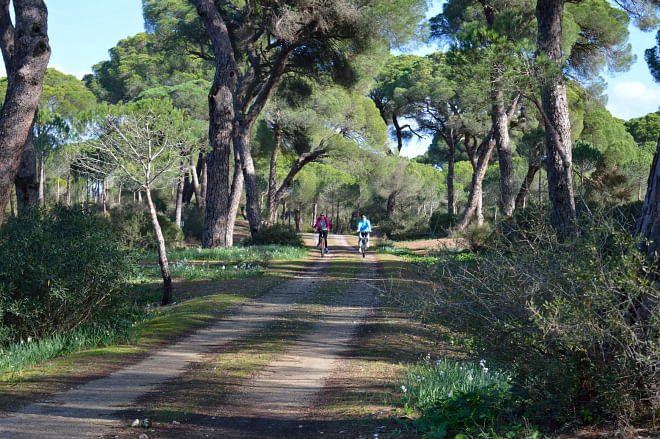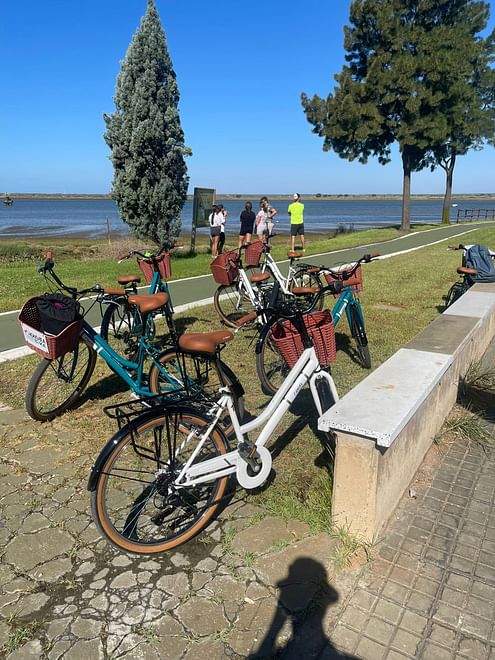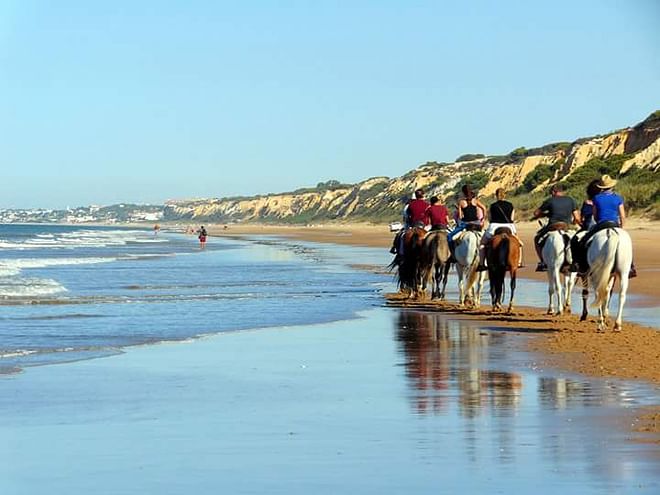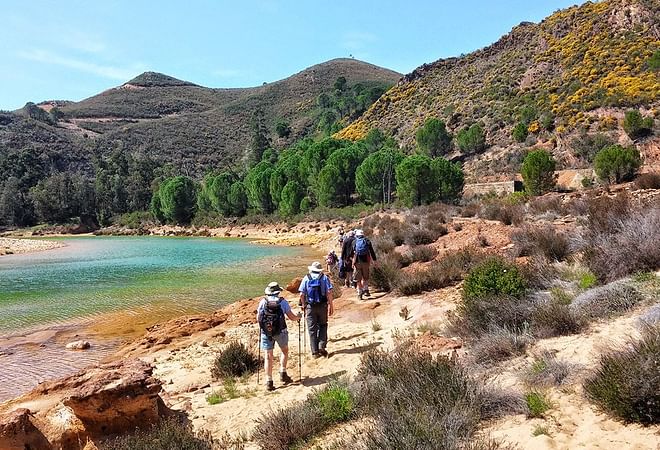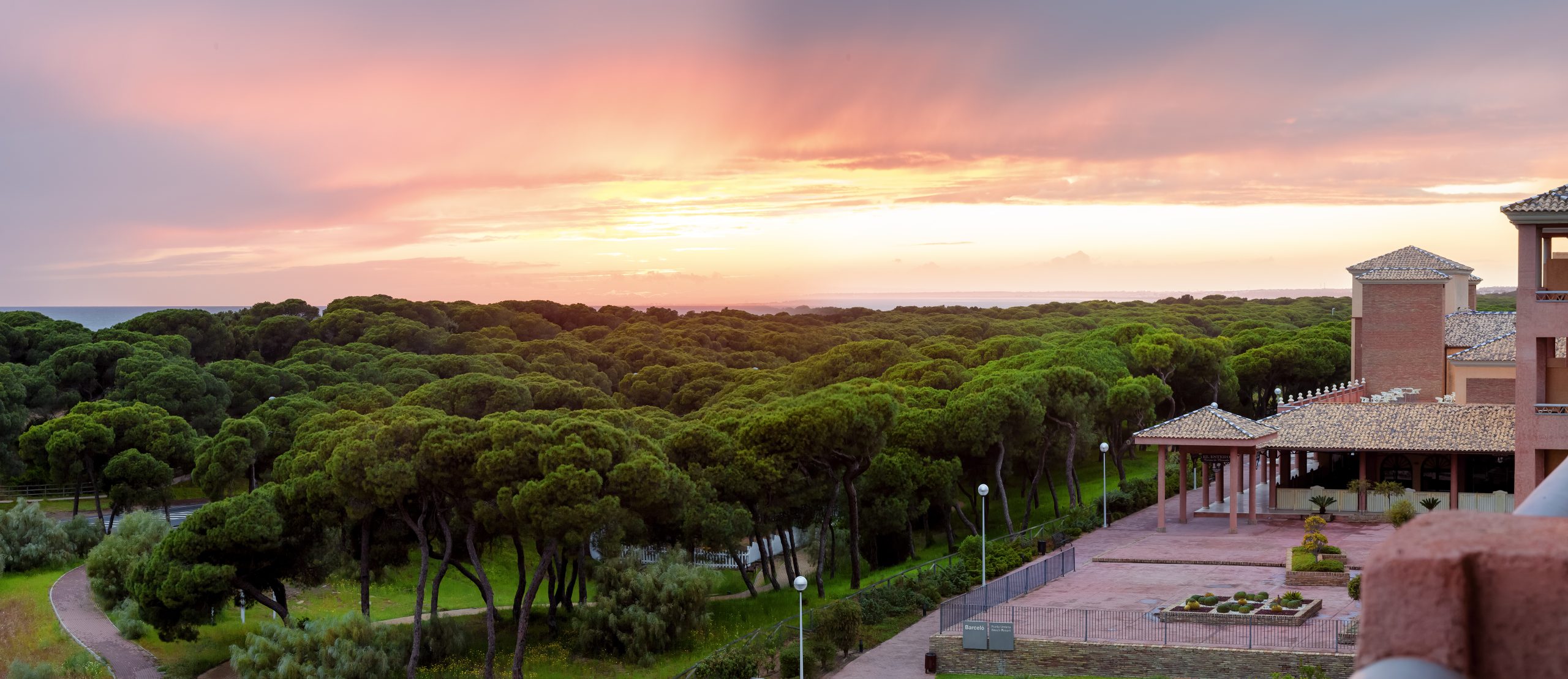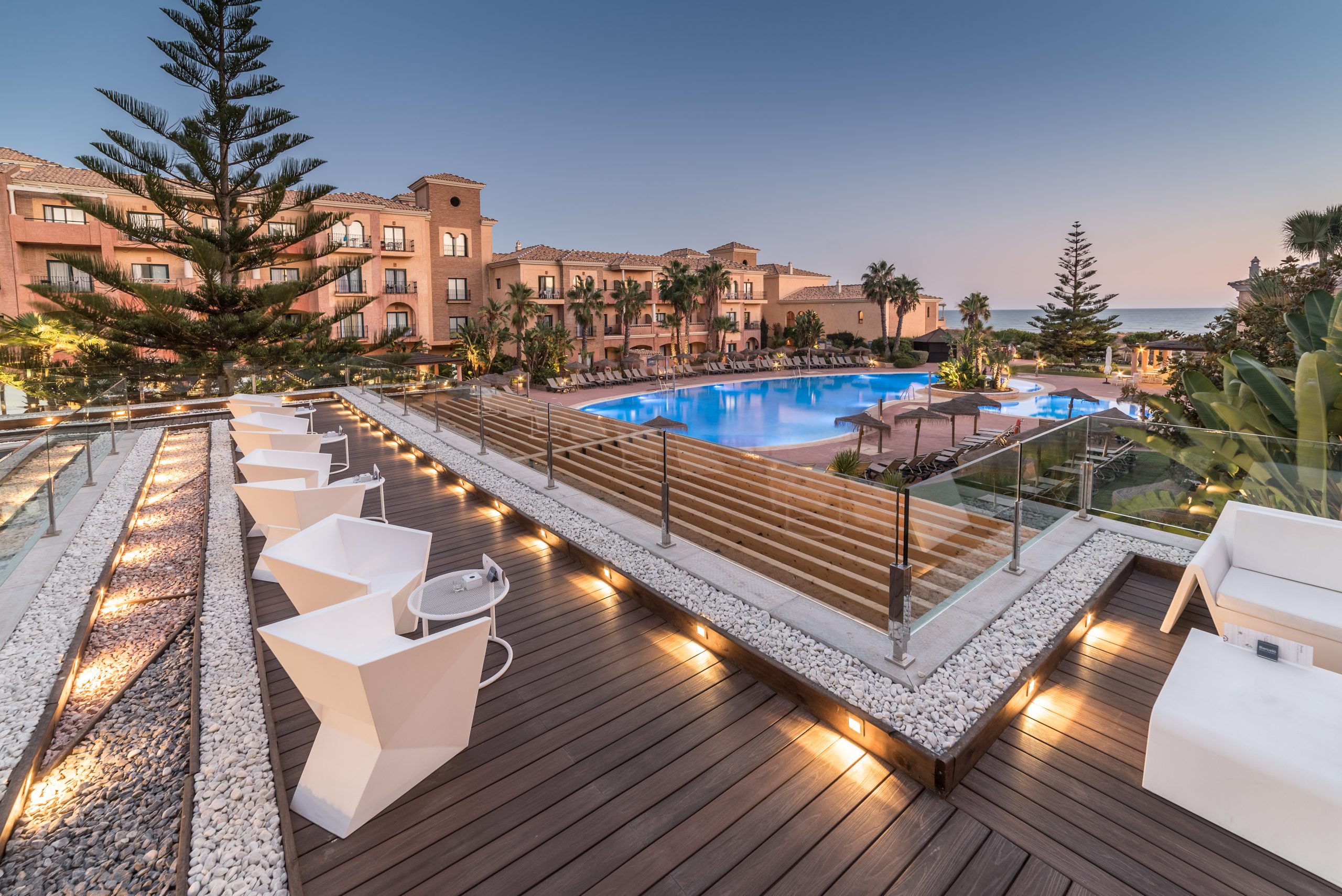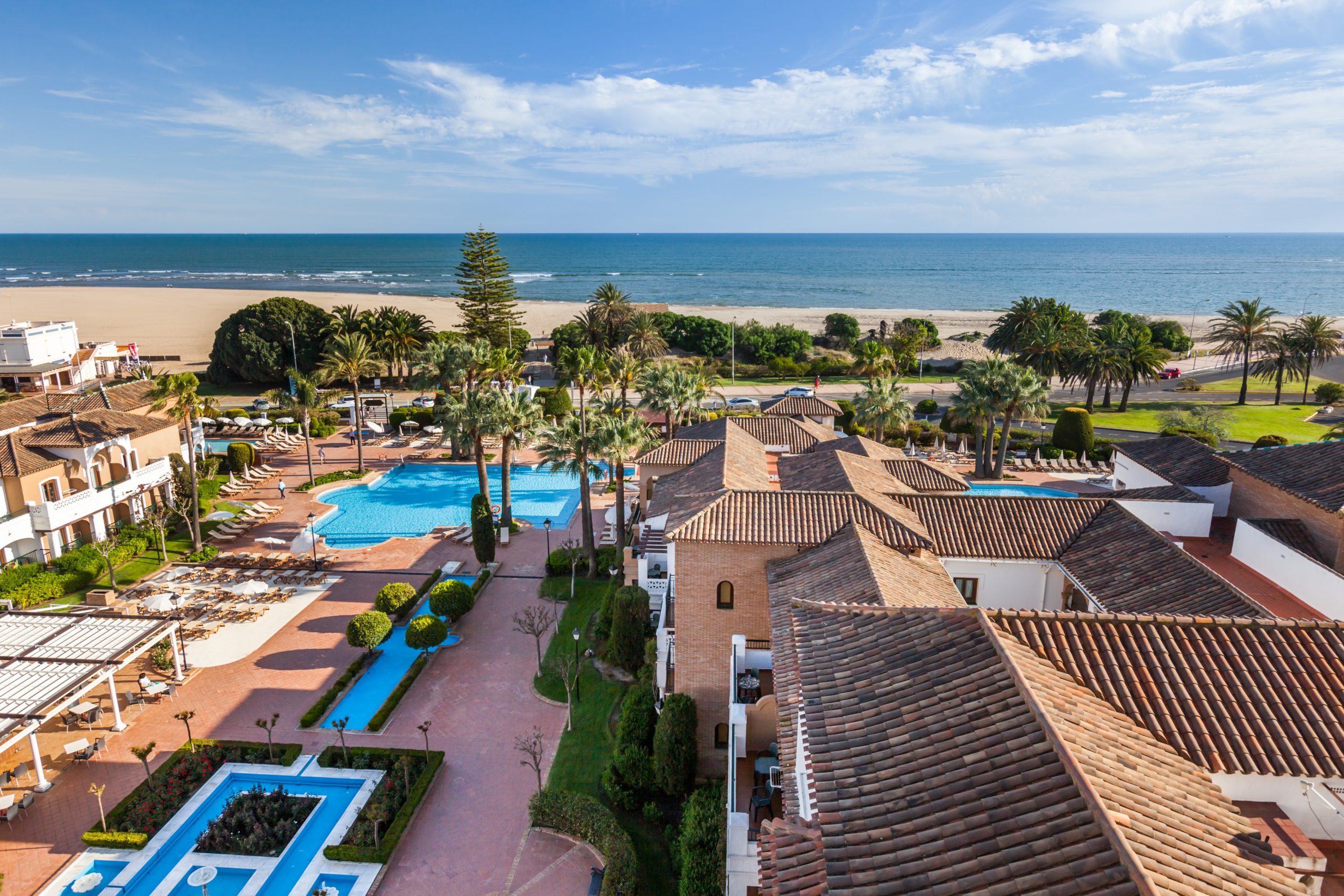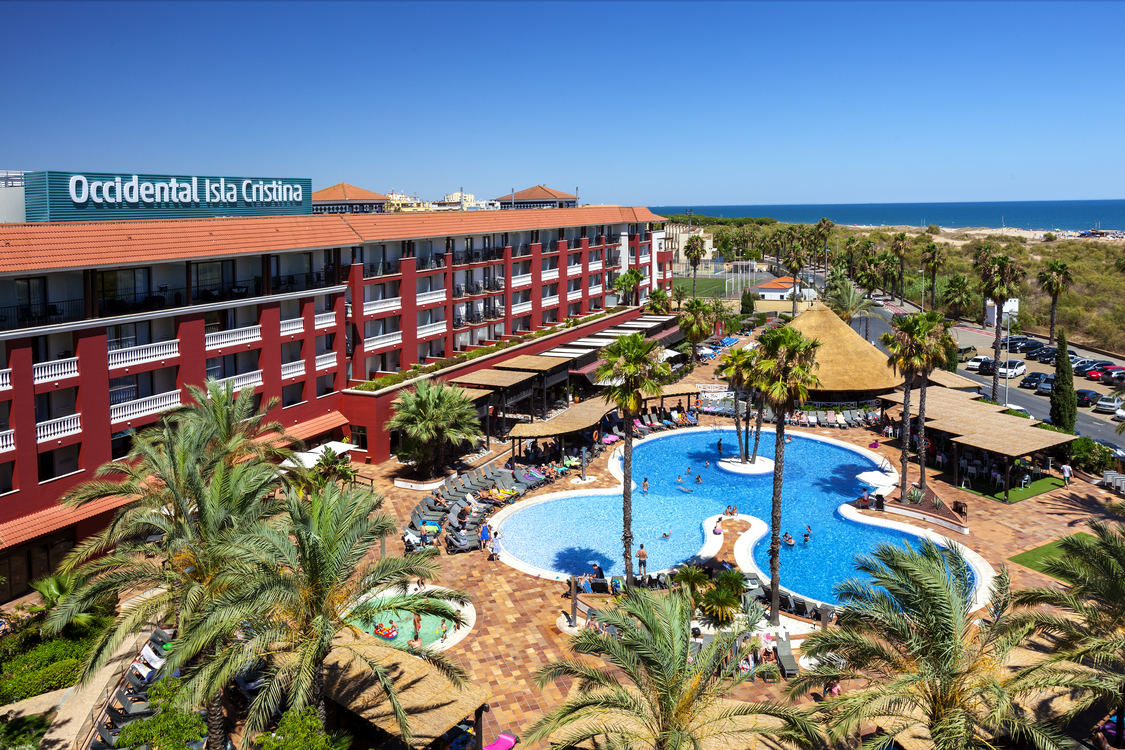The Castillo de Niebla and the ancient town walls – the Murallas de Niebla – together constitute the best-preserved fortification in Andalusia and are a must-see during your getaway to the city of Huelva and the wider province. The castle has a long history behind it. Like most great monuments, it bears features influenced by other cultures, in this case Roman, Visigothic and Moorish, though the current layout dates back to the 15th century.
The building stands at one end of the old Islamic citadel raised during the Taifa of Niebla. It has a square floor plan arranged around two central patios with square fortified towers around the perimeter. The Torre del Homenaje with its defensive battlements is the most unique.
History of the Castillo de Niebla
The current Castillo de Niebla was built by order of the second Duke of Medina Sidonia after the creation of the County of Niebla. Of all its reconstructions, the biggest was after an earthquake in 1755 which caused major damage to the walls and the castle itself, especially the Torre del Homenaje. The French blew up the building when they retreated in 1812 during the Peninsular War, and it had to be reconstructed almost completely.
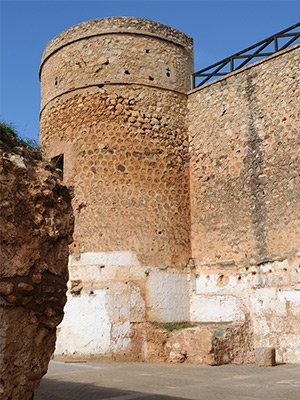
Despite its turbulent history, if you slow down and take your time it’s possible to find some ancient architectural features. There are still a few Roman arches and traces from when the castle was occupied by Visigoth military leaders, and later by the Moors.
During Mooris rule, some parts of the castle were clad with coloured tiles, carved plasterwork, ceramics and typical Arabic inscriptions. They also built a magnificent waterwheel for watering the gardens along with beautiful mosaic-clad fountains.
In 1262, King Alfonso X took over the town of Niebla. After that the castle was at the centre of countless historical events as the town passed from one ruler to another: first Beatrice of Castile, then Peter the Cruel and later the Guzmanes. It fell into ruin in 1368 and the nobility lost interest in residing here.
Walled area
The fortified precinct in the Castillo de Niebla is one of the best-preserved examples in Spain. It was destroyed and rebuilt several times, but most of the structure dates to the 15th century.
The Murallas de Niebla are a National Monument enclosing some 16 hectares and reach a maximum height of 16
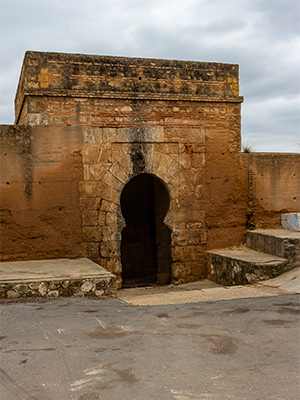
metres. This 2-kilometre perimeter has 50 square towers along it and six access gates each bearing its own name:
The Puerta de Sevilla is reminiscent of the Romans though was actually built during Moorish rule. It gets its name from its position on the road leading to the capital of Andalusia.
The Almohad/Mudéjar style Puerta del Agua is named for its proximity to the Río Tinto (river) and because water was channelled from here to the town.
The single arch of the Puerta del Agujero would have been part of the ancient Roman citadel.
The Moorish-style Puerta del Buey is one of the most beautiful in the complex. Legend goes that the last King of Niebla allowed a fattened ox (buey in Spanish) to escape so that the Christians wouldn’t think the town was going hungry. The plan didn’t work, however, and Niebla was eventually conquered.
Little remains of the Puerta del Embarcadero. It would have been used for loading boats when the Río Tinto was navigable.
Lastly, the Puerta del Socorro gets its name from the fresco on one of the interior walls of the fortified tower at the gate, depicting the Virgen del Socorro (Our Lady of Succour). History suggests that Alfonso X the Wise entered through this gate when he came to seize the fortress.
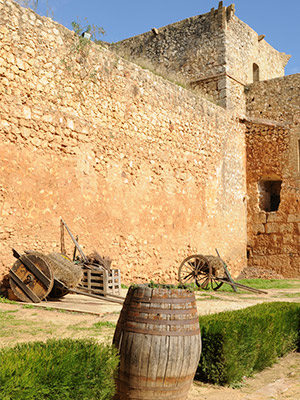
Visiting the Castillo de Niebla
The castle has several rooms which recreate the past, among them the Countess’ Chamber, the Armoury and the Dungeons on two underground floors complete with more than 30 machines and instruments of torture.
Most of the Islamic precinct and what’s left of the castle’s Islamic past are next to the dock. The traces of its Roman past in the corresponding precinct are equally hard to discern. If you’re keen, there are stone blocks from the Roman period at the base of the Puerta de Sevilla and in the passage called the Callejón de la Ollita.
The famous and newly-restored Torre del Oro stands at one end of the walled precinct. The story goes that the tower once boasted a set of beautiful golden bells that now lie at the bottom of the Río Tinto.
A visit to the castle is a great option if you’re on holiday in the area and feel like reliving historical battles and legends or contemplating fantastic views of the Río Tinto and the town. If you have time, consider a trip to the mosque in Almonaster la Real too. Niebla, Almonaster la Real and other locations in Huelva (Huelva capital), Moguer, La Palma del Condado, La Rábida, Lepe, Ayamonte and Palos de la Frontera are part of a network of routes celebrating the region’s Islamic heritage.
If you find yourself inNiebla during summer, you’ll be lucky enough to enjoy the famous Niebla Castle Festival of Theatre and Dance, now into its 36th year.





























































